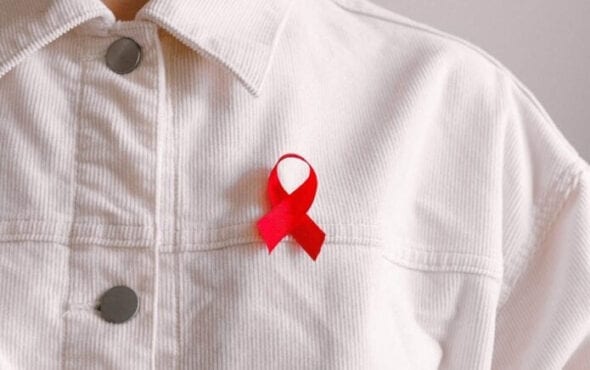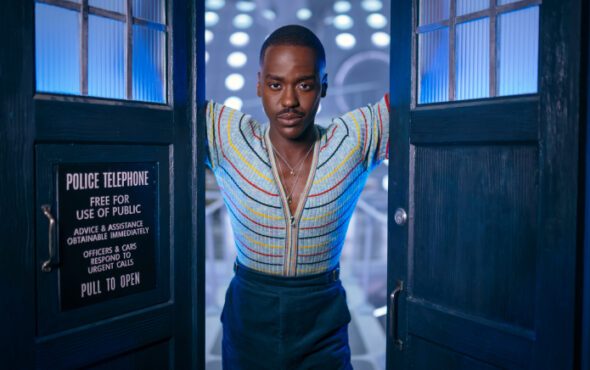
Patrick O’Connell has passed away.
The LGBTQ+ activist and founding director of Visual AIDS died on 23 March at a hospital in Manhattan from AIDS-related causes.
During his years as founding director of Visual AIDS, a title he held in the organisation from 1980 until 1995, O’Connell was instrumental in their efforts to use art and artist’s works to advocate for people with HIV/AIDS and to raise awareness of the epidemic.
In one of his most notable campaigns, O’Connell spearhead the iconic 1991 Red Ribbon Project to show support for those with AIDS and their caregivers.
The ribbon is now the internationally recognised symbol for AIDS awareness, and is worn year after year to show solidarity with people living with HIV and to remember the millions of lives lost due to AIDS-related causes.
According to those who knew O’Connell, he also arranged for a team of volunteers to contact Broadway theatres and producers of the Tony Awards to have celebrities display the red ribbon on their clothes.
His efforts paid off, with Academy Award-winning actor Jeremy Irons, one of the hosts that year, donning the ribbon at the ceremony. He became the first major celebrity to do so.
O’Connell and Visual AIDS also created awareness with Day Without Art. The annual event sees various US-based arts organisations, museums and galleries shrouding their artworks with information about HIV and safe sex.
Another project, Night Without Light, saw numerous historic buildings, bridges, monuments and theatre marquees in Manhattan turn their lights off, including the Empire State Building, World Trace Centre and United Nations Building.
The Manhattan skyline was transformed into a visual reminder of the devastating impact of AIDS.
Following his death, Visual AIDS remembered O’Connell and his impact on the organisation.
“Armed with a fax machine and an early Macintosh computer, Patrick helped Visual AIDS grow from a volunteer group to a sustainable non-profit organization,” reads a statement.
“A passionate spokesperson for the organization, he helped projects like Day Without Art, Night Without Light, and the Red Ribbon reach thousands of people and organizations across the world.”
The statement then quoted O’Connell’s interview with Long Island newspaper Newsday, in which he said: “We were living in a war zone. But it was like a war that was some kind of deep secret only we knew about. Thousands were dying of AIDS.
“We felt we had to respond with a visible expression.”
Rest in power, Patrick O’Connell, founding director of @Visual_AIDS. Although you are gone, your legacy of building HIV/AIDS advocacy through art will continue to thrive because of your tireless work. Thank you Patrick. ACT UP. FIGHT BACK. END AIDS. https://t.co/SUY8lfx4g8
— ACT UP NY (@actupny) May 4, 2021



